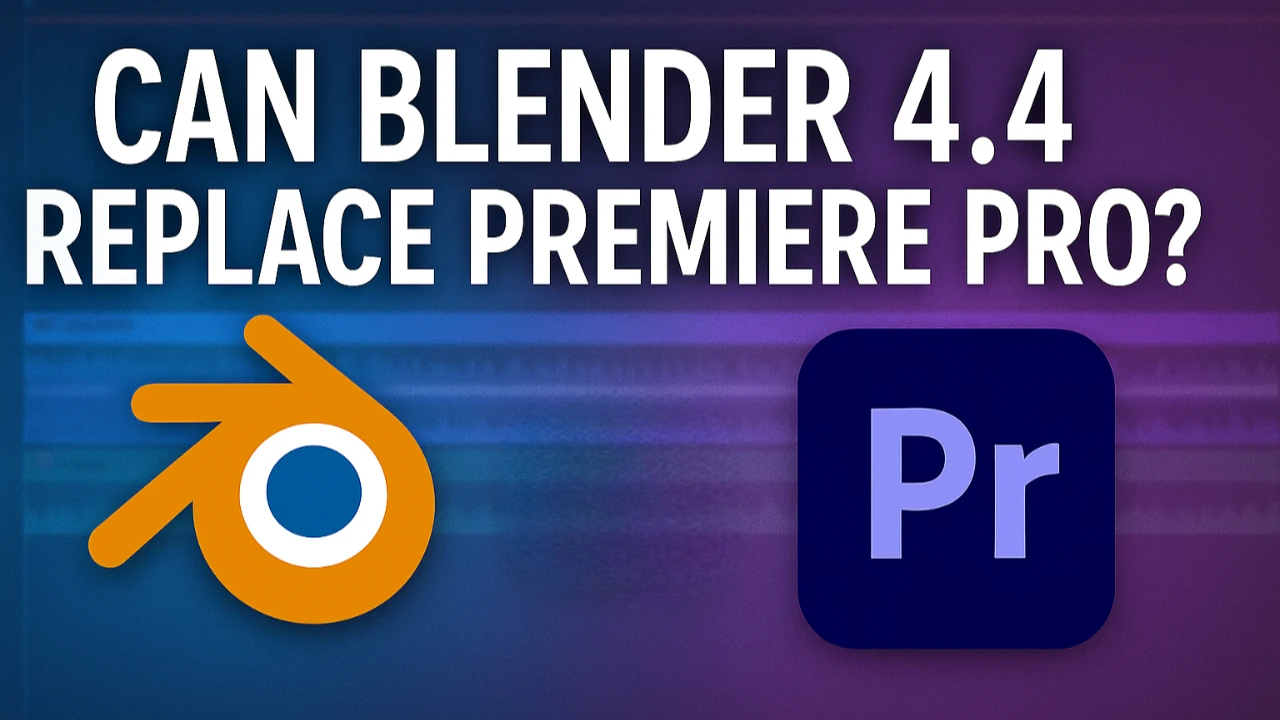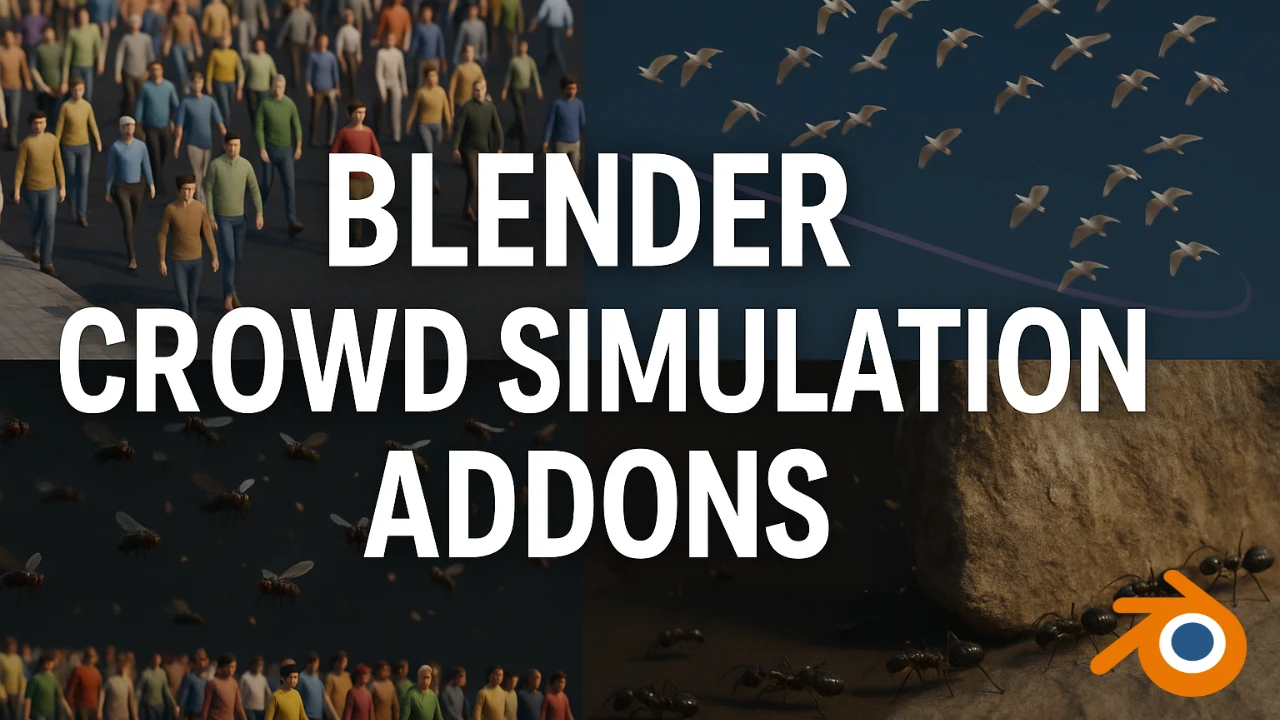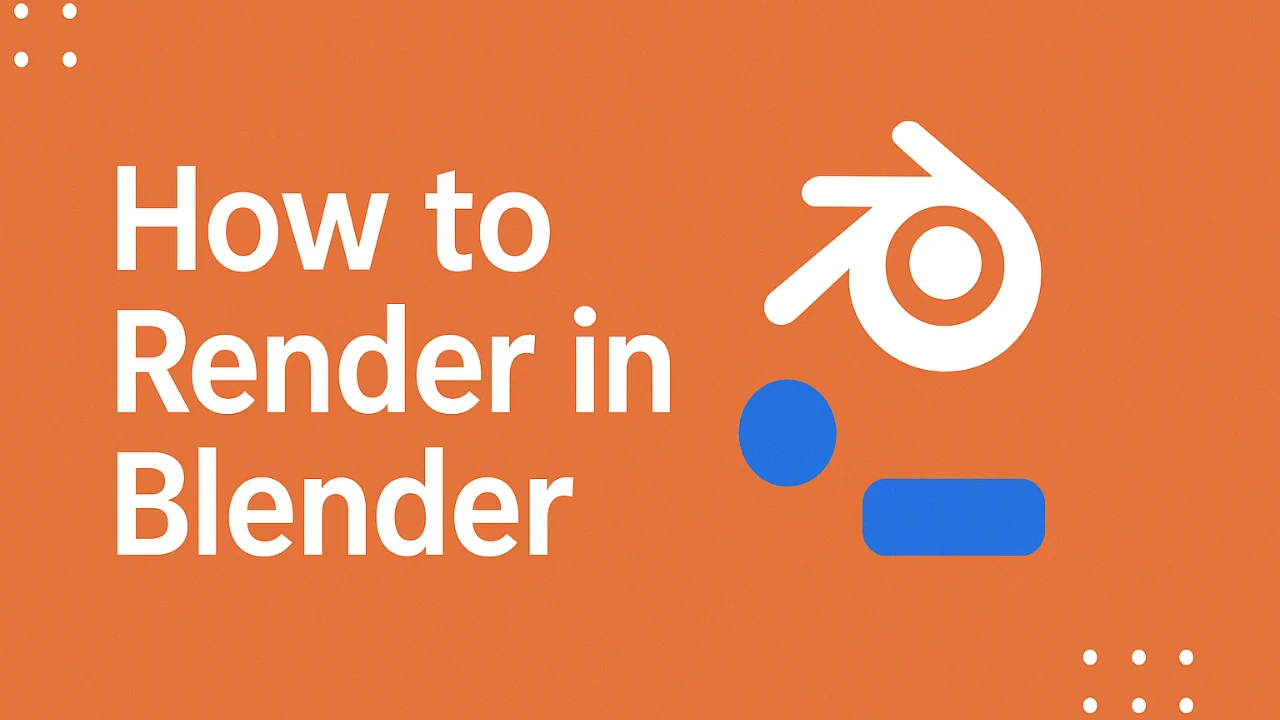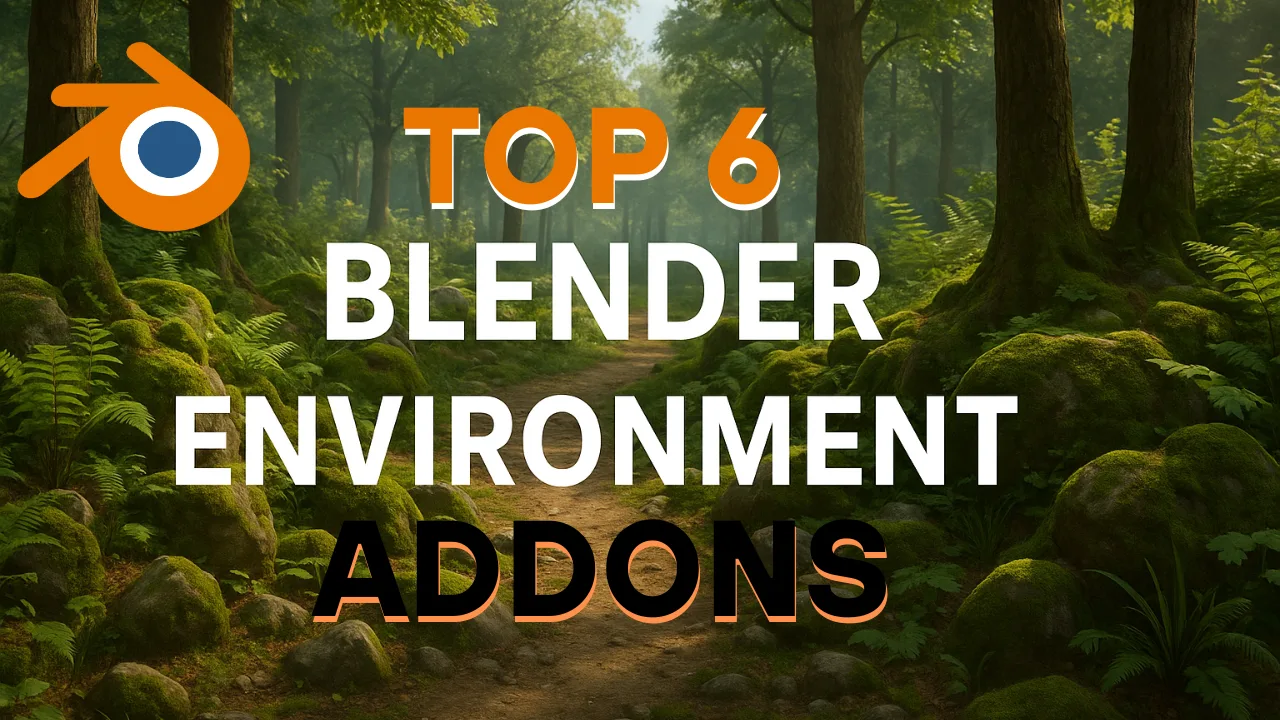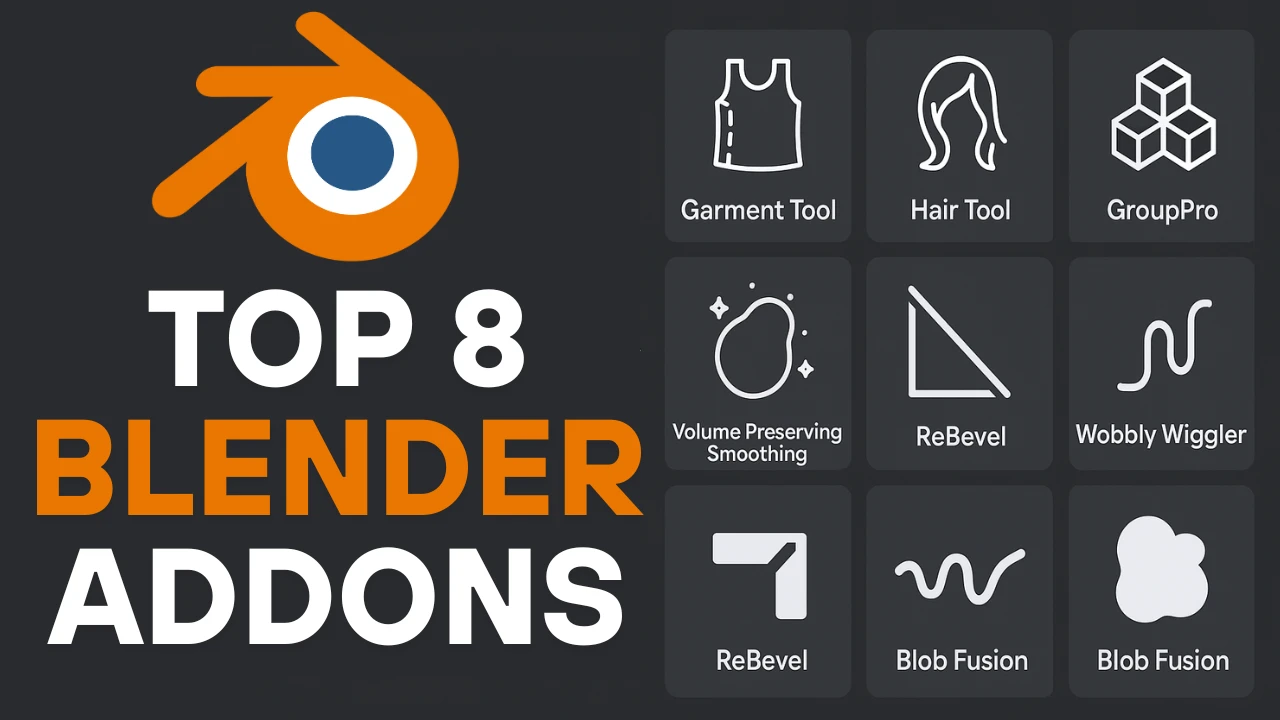Introduction: Blender 4.4 Video Editor Enters the Spotlight
The Blender 4.4 video editor is gaining recognition as a serious contender in the professional editing space. While Blender has long been celebrated for its 3D modeling capabilities, each version since 4.0 has brought substantial improvements to the Blender video editor, particularly the Blender sequencer. This article provides a deep dive into a real-world test: editing a full-length YouTube video using Blender 4.4 with no prior experience.
Table of Contents
Why Consider Blender as a Video Editor?
After five years of editing YouTube videos, commercials, and other content in Premiere Pro, it’s clear that while Premiere is powerful, it is also costly and can sometimes be unstable. This prompted a thorough examination of Blender as a video editor to assess its capability as a professional-grade tool.
Blender is often criticized unfairly. Many professionals avoid it not because of its shortcomings but due to an unwillingness to switch from familiar tools. Despite this, creators like Jared Owen and Ryan King Art use Blender video editor for professional content, proving its potential.
The Hypothesis Going In
The assumption going in was that Blender 4.4 editor would work but lack quality-of-life features and workflow accelerators found in other editing software. Success would be measured by achieving the same quality and timeframe as a standard Premiere project.
First Impressions: Getting Started with the Blender Sequencer
The transition from Premiere to Blender video sequencer was surprisingly smooth. Familiar tools and functions made it easy to start editing right away. With prior 3D experience in Blender, the learning curve was minimal.
Blender includes a clip-gap closing feature, a timesaver also found in Premiere. This functionality, unexpected in Blender, marked the first of many pleasant surprises.
Color Grading in Blender 4.4 Editor
Blender supports basic color correction, including exposure and saturation adjustments. While it doesn’t rival Premiere’s Lumetri color tools, it still provided access to essential scopes needed for grading. For simple A-roll color correction, Blender performed impressively.
ALSO READ:
Top Blender Crowd Simulation Addons to Elevate Your Scenes
Top Blender Sculpting Addons for Better Workflow
How to Render in Blender: 10 Expert Rendering Secrets
Areas Where Blender Outshines Premiere Pro
1. Navigation
Navigation in Blender 4.4 video editor is intuitive. Middle mouse button scrolling and draggable handles made it easy to move across a heavily layered timeline.
2. Multi-layer Performance
Blender handled complex sequences with over 43 active layers smoothly. In contrast, Premiere typically requires caching such sections. Blender maintained playback quality without major slowdowns.
3. Modularity and Hotkey Customization
Hotkeys are easy to reassign. For instance, changing the split command from K to D greatly improved efficiency. Customization allows users to tailor Blender to their workflow.
4. Animation Tools
Blender’s animation tools are vastly superior. The graph editor, dope sheet, and interpolation options make it ideal for animation-heavy projects. Keyframing in Blender is faster, more detailed, and easier to preview.
User Experience: Ease of Use
Despite its complex 3D environment, Blender 4.4 editor is surprisingly intuitive for newcomers to the video editor. Tutorials, like those from Ryan King Art, provide excellent guidance. The video sequencer’s design facilitates an accessible experience for editors at any level.
Areas for Improvement
Despite its strengths, Blender’s video editing features have notable weaknesses.
1. Audio Editing Tools
Audio tools in Blender video editor are underdeveloped. Low-volume waveforms are hard to see, and effects are minimal. Blender 4.0 introduced a sound equalizer, but export issues rendered it unreliable.
2. Media Management
Lack of a dedicated media window was frustrating. Editors must manually navigate folders, a less efficient approach than Premiere’s project window.
3. Timeline Playback
Blender lacks fast playback controls like J, K, and L found in Premiere. While minor, this affects speed when reviewing long segments.
4. No Nesting Function
Nesting is essential for grouping clips and improving performance. While Blender introduced clip connection in 4.3, it lacks true nesting. This limits flexibility in complex edits.
5. Limited Effects and Masking
Effects in Blender are limited and hidden behind a Shift + A shortcut. There’s no in-editor masking or simple chroma key function. These are confined to Blender’s compositor, which slows down workflows significantly.
Workarounds for Blender’s Weaknesses
Blender’s audio shortcomings can be bypassed using external editors like Audacity or DaVinci Resolve. This combination allows users to process sound externally and import it back into Blender.
Performance and Upcoming Features
Although Blender 4.4 showed choppy playback and jittery timeline behavior, it handled heavy animation sequences well. With Blender 4.5 beta launching June 4 and a full release in July, a new caching system promises to improve playback speed dramatically.
Who Is Blender 4.4 Video Editor For?
Blender is suitable for:
- Editors focusing on rendered sequences with minimal audio editing.
- Creators who already use Blender for 3D and want an all-in-one workflow.
- Budget-conscious users who need a powerful, free editing platform.
It’s not ideal for:
- Audio-intensive projects needing advanced mixing.
- Editors relying heavily on nested compositions or advanced visual effects panels.
Final Verdict
The Blender 4.4 video editor is not a gimmick or underdeveloped feature—it’s a robust tool that can handle most editing tasks professionally. While Premiere Pro still wins in terms of polish, performance, and deep features, Blender 4.4 stands up remarkably well.
With superior animation tools, customizable workflow, and strong navigation, it accomplishes about 80% of what Premiere does. And for many users, that last 20% is rarely essential. Paired with external audio tools, Blender is not only a viable alternative—it may be the best free editing solution available today.
FAQs about Blender 4.4 Video Editor
Is Blender 4.4 good for video editing?
Yes, Blender 4.4’s video editor is stable, fast, and capable of handling full YouTube edits, though it lacks some audio and effect features.
Can Blender replace Premiere Pro for YouTube editing?
For many creators, yes. Blender 4.4 can handle complex timelines and offers great animation tools, but lacks in audio processing and nesting.
What are the downsides of using Blender as a video editor?
Blender lacks advanced audio tools, media management, chroma key in-editor, and clip nesting, which may slow workflow for complex edits.
Does Blender 4.4 support multi-layer video editing?
Yes, Blender’s sequencer supports dozens of layers with smooth playback, making it suitable for complex edits involving multiple video and audio tracks.
